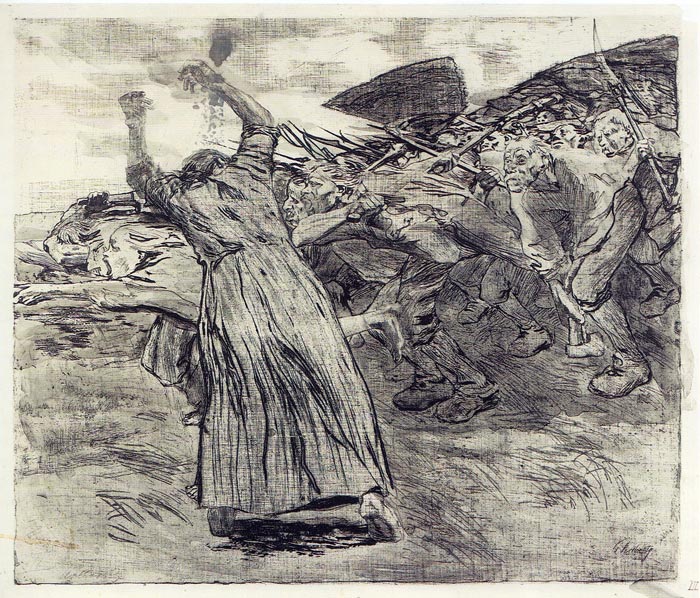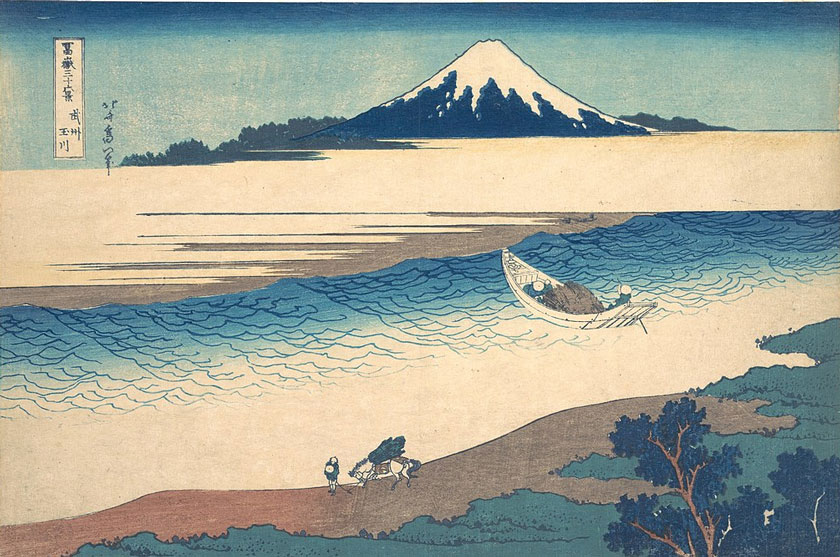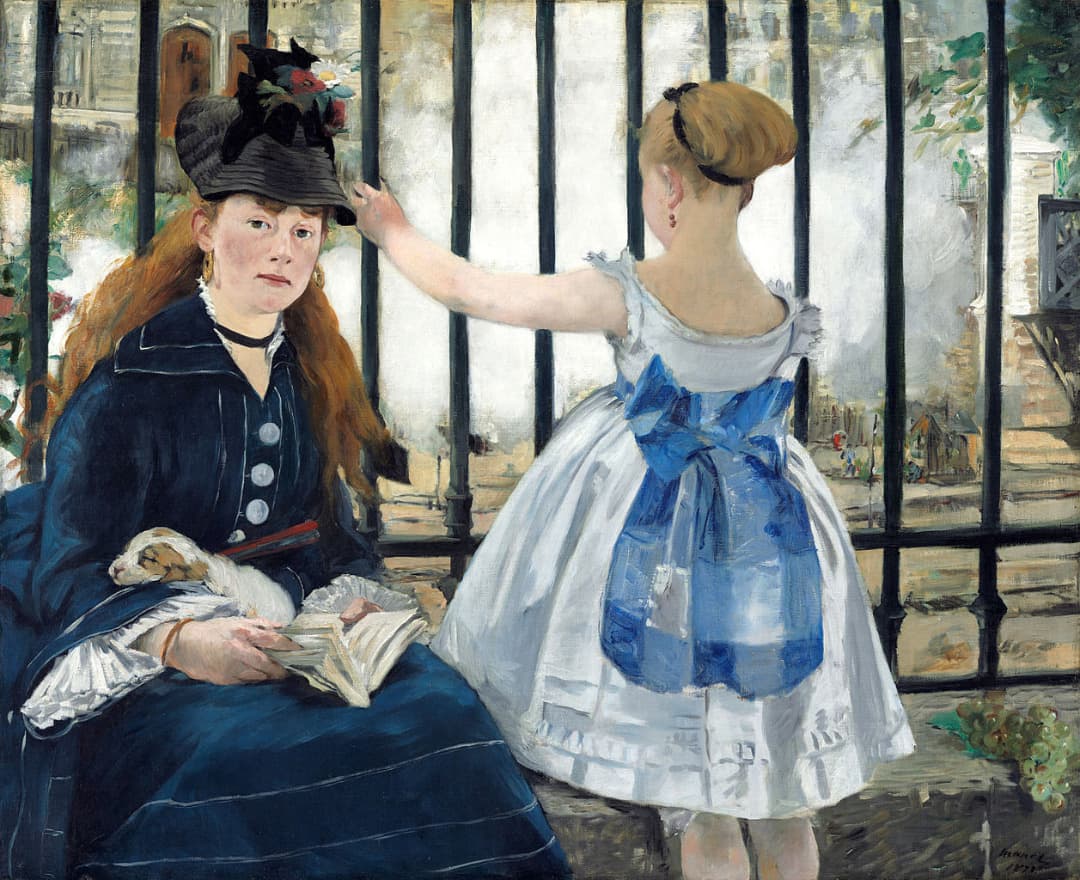Käthe Kollwitz: Energy and Drama in the Städel Museum

From 20 March to 9 June 2024, the Städel Museum is devoting a comprehensive exhibition to Käthe Kollwitz, presenting her in all her diversity, expressive power, and modernity.
Source: Städel Museum · Image: Käthe Kollwitz, Outbreak, Plate 5 from The Peasants’ War, 1902/03
Käthe Kollwitz is the most famous German woman artist of the twentieth century and yet an exception: Käthe Kollwitz (1867–1945). She boldly chose prints and drawings as her essential media, finding in them an independent visual language of great immediacy. From a new perspective, her art addressed existential human questions and was therefore politically appropriated by many attitudes and issues in post-war Germany.
The Städel Museum has an extensive collection of works by Käthe Kollwitz, including almost all of the prints published in editions, as well as prints and drawings reworked by hand. The exhibition at the Städel Museum presents more than 110 impressive works on paper, sculptures, and early paintings by the artist from this remarkable collection as well as from leading museums and Kollwitz collections. Surprising, unconventional works such as Self-portrait with head in hand (1889/91, Käthe Kollwitz Museum Köln, Cologne), works unusually painterly for Kollwitz such as Female nude seen from the back with green shawl (1903, Kupferstichkabinett, Berlin) and Parisian Cellar Tavern (1904, Sprengel Museum Hannover), and selected sculptures such as Tower of Mothers (1937/38, Museum Folkwang, Essen) will be presented together with other outstanding loans from the Berlin Kupferstichkabinett, the Käthe Kollwitz Museum Köln, Cologne, the Neue Nationalgalerie, Berlin, and the Staatsgalerie Stuttgart, among others.
The exhibition at the Städel Museum allows visitors to experience Kollwitz’s work in all its diversity and impressive quality through various chapters. The focus is on her choice of the graphic medium and on unusual themes that are both existential and topical. The memorable imagery, the dramaturgically pointed compositions, and the bodies grouped in expressive choreographies are explored through individual groups of works. The focus is on Kollwitz’s experiments with colour and form, the processual nature of her work, and the tension between politics and aesthetics. Last but not least, the exhibition offers an overview of how the artist was interpreted in the two German states after 1945, a very special history of reception that in some cases still has an impact today.
Follow us on:


